Singing Technique: Speech Level Singing vs Estill vs Complete Vocal Technique
I’m fond of saying that for every voice teacher, there is a different singing technique.
At conferences, in hallways and in the studio, voice teachers are always thinking of new approaches to working with the voice.
But while there are many ways to teach singing, there are a few incredibly popular singing techniques that tend to produce results.
The best part?
Many of these singing techniques have been around for a while. Which means that by doing a bit of research, you’ll see which of these vocal techniques might help you achieve your goals quickest.
The truth is that different voice techniques are good for different things.
While I’d love to discuss all the amazing singing techniques and voice teachers out there, I decided to focus on the 3 most popular voice techniques for singing contemporary commercial music.
The 3 Most Popular Vocal Techniques Explained
Many singers wonder what is the best vocal technique.
The truth is, it depends on your goals and what you’re trying to accomplish with your voice.
Some techniques work better for different styles and vocal challenges.
Let’s discuss the 3 most popular vocal techniques: Speech Level Singing, Estill Voice Training and Complete Vocal Technique. Then we can talk about what each technique is good for.
Just a head’s up:
I’m not a representative of these vocal techniques. I’m just a voice teacher that is always looking to produce results in his students.
Additionally, there is so much jargon in voice training, I’ve tried to explain each of these techniques in plain English whenever possible.
First, we’ll give a bit of background of each technique. Then we’ll discuss some of the hallmarks of each singing technique. Finally, we’ll talk about the end goal of training and how it may align with your goals as a singer.
Let’s get into it!
1. Speech Level Singing Technique
The Scoop on Speech Level Singing
Speech Level Singing (SLS) is a singing technique pioneered by Seth Riggs, a classically educated vocal coach living in Los Angeles.
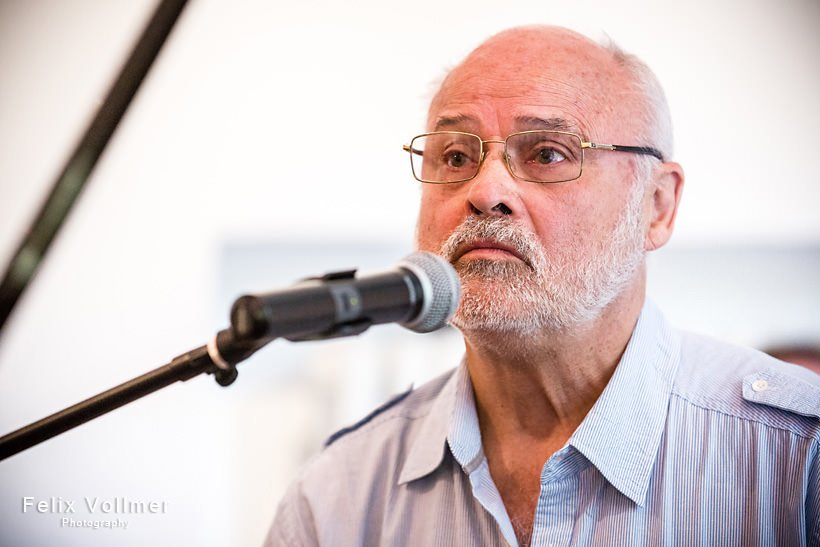
Riggs’ inspiration for creating Speech Level Singing came from his studies of the Schola Cantorum and Bel Canto era of singing while getting a master’s degree in opera theatre.
Both the Schola Cantorum and Bel Canto (meaning “beautiful singing”) were Italian schools of singing in an era when the church set the bar for all singing in Europe.
Bel Canto refers to this era when beautiful singing was the standard and reinforced in every church across Europe.
After graduating, Riggs began to wonder why contemporary music did not align with the aesthetic standards of the Bel Canto era. Three years later, Seth began teaching singing in Los Angeles.

Dissatisfied with how singing was being taught at the university level, Riggs focused primarily on instructing private singing lessons. He then created a system of teacher training to develop other teachers inspired by the vocal ideals of Bel Canto. This organization was called Speech Level Singing.
What is Speech Level Singing Technique?
How does speech level singing work?
At its core, SLS works by training singers to maintain the same laryngeal position and vocal cord configuration they use in normal speech while extending their range.
Many wonder ‘Is speech level singing good?’ For those wanting to eliminate breaks in their voice and achieve a seamless mix, it can be extremely effective.
Speech Level Singing is a vocal technique that aims to achieve a balanced registration or mix while keeping a resting larynx.
What does all that mean?
Here’s the bottom line:
Speech Level Singing believes that when you speak, there is no tension or manipulation in your voice because your motive is to communicate with others. The same should be true when you are singing.

When a singer is singing from the bottom to the top of his/her voice, there is often an audible “break” or “disconnect” into falsetto. SLS holds that this break happens due to the strain of joining different vocal registers.
What are the 4 levels of singing? In traditional vocal pedagogy, these are commonly identified as chest voice, head voice, mixed voice, and falsetto, though terminology can vary between techniques
A register is a sequence of notes that share a consistent sound along with a similar, accompanying muscular coordination such as chest voice or head voice.
So here’s where SLS comes in:
Speech Level Singing is designed to help singers overcome this break or disconnect. SLS uses exercises designed to allow the voice to keep a consistent “speech-level” sound across the whole range.
The idea is to join the different registers, rather than yell or disconnect to falsetto.
The end result is one unified voice where the registers are so well blended, there’s no break or strain.
Speech Level Singing calls this blending of registers a mix.
While mixing registers, Mr. Riggs believes it is crucial to maintain a resting larynx (voice box).
The larynx is the muscular organ that houses the vocal folds. When an untrained vocalist sings from low to high, the larynx usually rises with the pitch.
But Seth Riggs believes that this rising of the larynx is responsible for the strain and diminished singing quality that ruins voices. So a large part of Speech Level Singing is dedicated to keeping the larynx stable even as the pitch changes.
The Goal of Speech Level Singing
What is speech quality singing? What is speech like singing style?
These terms refer to maintaining the natural, unforced quality of speech while singing. Speech level singing emphasizes that singing should feel as comfortable and natural as speaking.
The end goal of Speech Level Singing technique is to allow a singer to balance their registers so well that they have the freedom to sing whatever notes and style of music they want, with no breaks or changes in quality.
In other words, a singer should “mix” from the bottom to the top of their voice.
Seth Riggs once described Speech Level Singing as the refusal to “reach” for a note. Reaching for a note usually means that a singer will hit the note below pitch, or flat.
Here’s Riggs explaining Speech Level Singing technique in 1996:
The point is:
Speech Level Singing is designed to help singers hit high notes without straining or disconnecting to falsetto.
This mix is an ideal in SLS, and teachers believe this is desirable in any style of singing.
2. Estill Voice Training
The Story of Estill
Estill Voice Training is a vocal technique which was created by Josephine Estill in 1988.
Estill was an American singer, singing voice specialist and voice researcher.
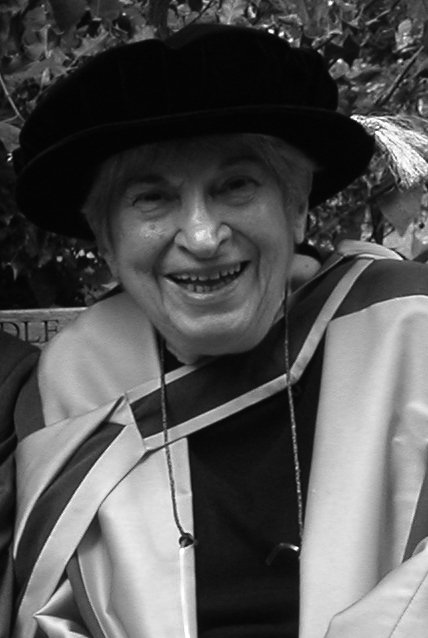
Jo Estill had a long career as a singer. She sang for the radio and as a soloist for 13 years before going on a European tour.
In 1972, Estill became the voice teacher in residence at the Department of Otolaryngology, at the Upstate Medical Center in Syracuse, New York.
Otolaryngology is the brand of medicine that deals with the ears, nose, and throat. If you’ve been to an ENT, you’ve seen an otolaryngologist.
The bottom line is:
Having been a career singer, Jo Estill became fascinated with the science of the voice and began studying singers.
On top of that, Estill was colleagues with some of the best voice researchers in the U.S. at the time. Along with their equipment.
Here’s Estill talking about her love for the science of singing:
Jo Estill was also an early adopter of such procedures as EMG, electroglottography and videostroboscopy. Basically, all of these incredible instruments designed to study output from the voice.
The important thing to remember is:
Many of these instruments allow a scientist to see the vocal folds (or cords) as a person sings.
In fact, here’s a video of me undergoing a videostroboscopy for a look at my vocal folds.
So with the use of these instruments, Estill began to catalog singing into different vocal qualities according to what she saw and heard.
Then she began to systematically create recipes for these different vocal qualities using the parts of the human anatomy which you could directly control.
What is Estill Voice Training?
Estill Voice Training is a system for singing based on deconstructing the process of vocal production into control of specific structures in the vocal mechanism. By being able to consciously move each structure, the singer is better able to control their voice for a desired result.
What the heck does that mean?
Here’s the point:
Estill Voice Training believes that by learning to control the individual structures in our body that control singing, a singer will be able to have full control over their voice.

Estill Voice Training believes the reason so many singers have trouble is because the mechanisms that create singing are not under the control of the singer.
Want to Nail Those High Notes?
Every singer wants to expand their range. Expand Your Range Fast will show you how to finally hit high notes in your voice without straining. Expand your range by 5 notes or more!
What is the Estill technique in singing? It’s a system that breaks down vocal production into controllable anatomical components, giving singers precise tools to create specific sounds and effects.
In addition to learning to control the different parts of the voice, Estill categorized different kinds of singing into six ideal vocal qualities.
Those vocal qualities are:
- Speech
- Falsetto
- Sob
- Twang
- Opera
- Belting
Jo Estill researched these vocal qualities exhaustively, noting what each of the structures was doing to create them.
Estill studied many singers, including herself, and listed the 13 vocal figures (or vocal structures) that she believed were essential for creating these vocal qualities.
The vocal figures are:
- True Vocal Folds (Onset/Offset)
- False Vocal Folds
- True Vocal Fold (Body-Cover)
- Thyroid Cartilage
- Cricoid Cartilage
- Aryepiglottic Sphincter
- Larynx
- Tongue
- Velum
- Jaw
- Lips
- Head and Neck
- Torso
Certified instructors of Estill Voice Training will give their students exercises designed to isolate the vocal figures and learn to use them effectively.

Who uses Estill Voice Training? Many contemporary singers, voice actors, and vocal coaches have embraced this technique.
What is level 2 Estill Voice Training? It’s the intermediate certification level where practitioners learn to manipulate vocal figures with greater precision and apply them to performance contexts.
The Goal of Estill Voice Training
While you don’t need to panic and memorize all these vocal qualities and vocal figures, the bottom line is this:
The point of Estill Voice Training is to learn to consciously control each of these structures so that you can create whichever voice quality you want.

This means that a singer is aware of and totally in control of their voice at all times.
Additionally, because Estill Voice Training has a foundation in research and science, it’s been used by many speech and language therapists. These professionals have found Estill Voice Training to be valuable for voice therapy as well as singing.
3. Complete Vocal Technique
CVT: The Complete Story
Complete Vocal Technique is a singing technique which was pioneered by Cathrine Sadolin in 1992.
Cathrine Sadolin is a Danish singer and voice researcher from Copenhagen.
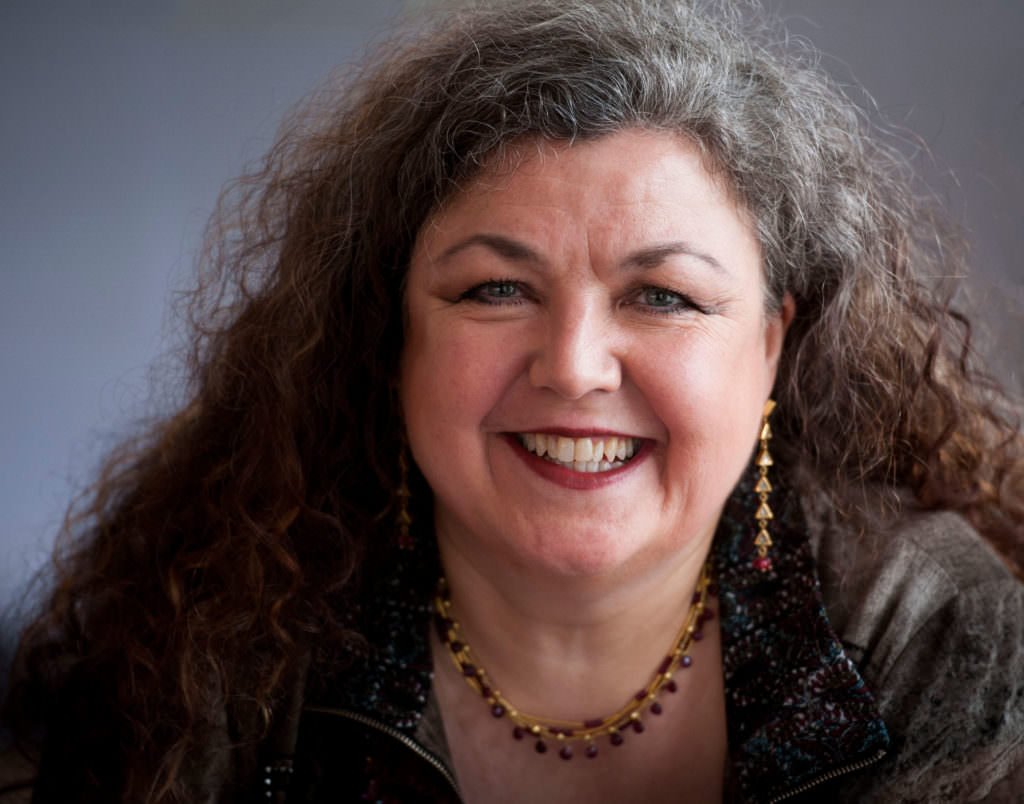
Sadolin was diagnosed with severe asthma as a child and her doctors recommended that she take singing lessons to manage her breathing.
Cathrine Sadolin found the voice lessons to be frustrating due to the conflicting information she got from different instructors.
Eventually, Sadolin decided to “lock herself in her room”, not letting herself out until she understood the voice.
She began researching the anatomy and physiology of the voice, learning to emulate the sounds of her favorite singers. But Sadolin wanted to avoid the confusion she experienced in her own voice training so she set out to create an easy-to-understand vocal technique based on fact.
In 2000, Cathrine Sadolin published the book Complete Vocal Technique.
Complete Vocal Technique established a system for learning vocal technique and in 2005, Sadolin opened the Complete Vocal Institute in Copenhagen. Both professions and non-professionals now attend the Institute for classes.
A teacher training program is also active and many teachers in Europe instruct Complete Vocal Technique.
What is Complete Vocal Technique?
Complete Vocal Technique (CVT) is an international method for teaching voice. CVT is divided four main principles, and by combining parts of these principles singers can produce the sounds they want. This also makes it possible to pinpoint and correct specific problems and errors without having to change the parts the singer are happy with.
What does all that mean? And what are these four main principles?
Here’s the deal:
Complete Vocal Technique believes all sounds are created equal and can be made in a healthy way.
As long as a singer follows a few principles, any sound the singer desires can be made without damage.
The Four Main Principles are the following:
- 3 Overall Principles
- Vocal Mode
- Sound Color
- Effect
Wait, there are four main principles and three overall principles? What are those?
Here’s a nifty diagram of CVT’s principles:
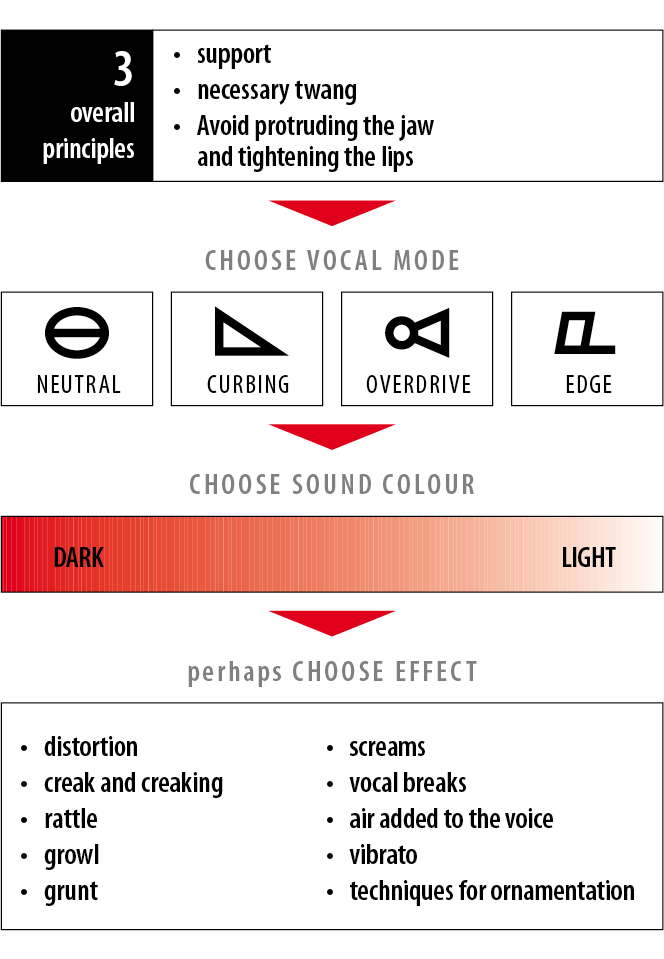
The three overall principles are basically Complete Vocal Technique’s best practices for singing.
The 3 Overall Principles include:
- Support
- Necessary twang
- Avoid protruding the jaw and tightening the lips
Support refers to resisting the natural urge to release the air from the lungs while singing. In effect, engaging muscles in the abdomen will allow the singer to resist the air pressure from your lungs. Complete Vocal Technique believes support is essential for hitting high notes.
Necessary twang is basically drawing the vocal folds (or cords) together in order to avoid an overly breathy sound. This is what Speech Level Singing or Estill Voice Training might call a “speech” sound. Rather than a breathy whisper.
Finally, by avoiding pushing out the jaw and tightening the lips, CVT believes the sound will be more free.
Modes, Colors and Effects in CVT
With these principles in mind, Complete Vocal Technique asks the singer to choose between four modes or “gears” in the voice. These modes are bit like vocal effects arranged from the least amount of “metallic” sound in them to the most.
The Four Modes are:
- Neutral – no metal
- Curbing – some metal, may be used in RnB for example
- Overdrive – a full metallic mode, can be used in Rock
- Edge – another full metallic mode, but with a more sharp and screaming character
With the vocal mode chosen, Complete Vocal Technique believes the singer can change the color of their voice from light to dark according to the sound they want to achieve. A singer can change the color of their voice using one of the many different structures in the voice, such as the position of the larynx (voice box) or the shape of the tongue.
Finally, if desired, the singer may choose other effects they wish to use with their voice. A singer may use distortion or a vocal break for example.
CVT instructors will work with their students in order to achieve the most desirable sound according to the student’s taste. Generally, Complete Vocal Technique teachers will help their students find whatever sound they like. The student is the ultimate judge of how they want to sound.
The Goal of Complete Vocal Technique
What is complete vocal technique? As the name suggests, it’s a comprehensive approach that aims to give singers control over all aspects of their voice.
What is complete vocal technique sounds? CVT categorizes sounds into different modes and teaches singers how to produce them safely while maintaining vocal health.
Complete Vocal Technique aims to help singers create whatever vocal sound the like in a way that preserves the health of the student.
According to CVT, as long as the student abides by the four main principles the vocalist will be able to create whatever sound they want without damaging their voice.
The goal of CVT is to help students understand and consciously control all of the artistic tools and sounds at their disposal.
Singing Techniques Compared
When comparing different singing techniques, it can be easy to dismiss a certain idea or term because it sounds silly or foreign. Some singing terms that once sounded foreign no longer seem strange to me.
It’s very important to keep an open mind to all the different techniques and approaches to working with the voice. Each of the vocal techniques we discussed are totally valid and can be useful to anyone.
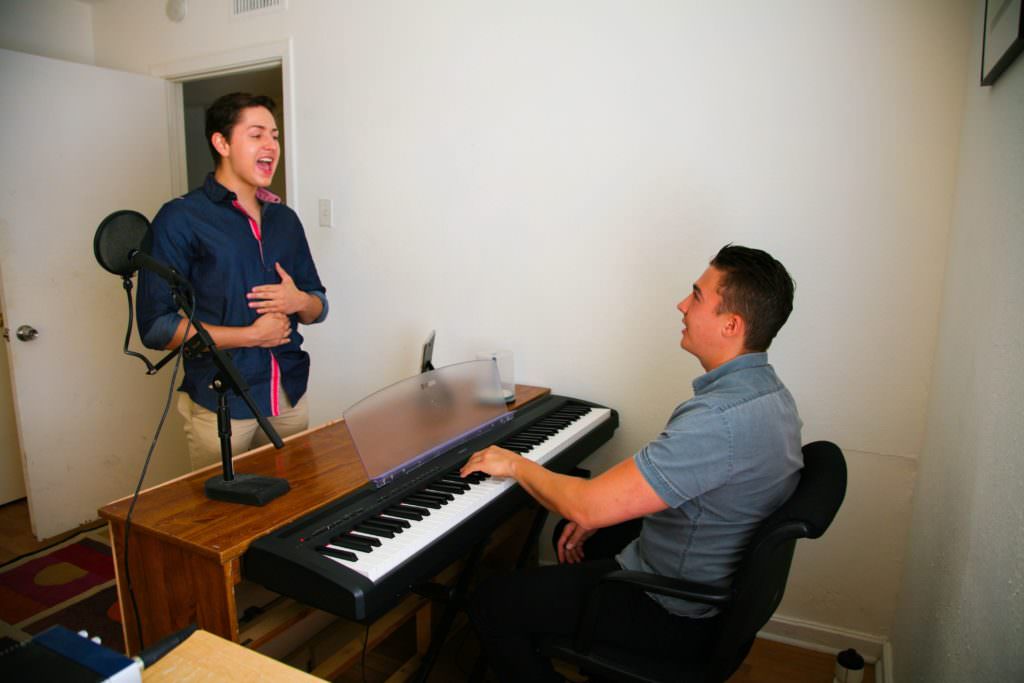
However, some of these techniques are better suited towards a specific student than others.
Singing Technique: How to Choose the Right One for You
Some of the techniques we’ve discussed are fantastic at creating a vocal effect, such as Estill and CVT.
Speech Level Singing, on the other hand strives to create a balanced and consistent sound for the student across the whole range.
SLS places a tremendous emphasis on connecting the registers. Neither Estill Voice Training nor Complete Vocal Technique recognize registers as important.
A vocal break is undesirable in one (SLS), a lack of twang in another (Estill) and a vocal effect in the third (CVT).
What is the hardest vocal technique to learn? Many find belting and mixing to be challenging, but difficulty varies greatly depending on your natural tendencies and vocal goals.
Some singers struggle with classical techniques while others find contemporary styles more challenging.
Which singing technique is right for you?
What are you looking to accomplish?

Speech Level Singing technique may be a perfect fit for a student who is looking to get the most functionality out of their range and voice. If hitting high notes without falsetto is hard for you, SLS may be a great fit.
Estill Voice Training could be a revelation for vocalists with harmful singing or speaking habits. With Estill’s scientific focus on understanding and isolating the different vocal figures, students may find that by gaining control of their instrument, they have a healthier voice.
Complete Vocal Technique may be a god send for a well functioning singer that is looking for tons of stylistic and performance tools.
What vocal technique does Beyonce use? What vocal techniques does Michael Jackson use? Many top artists combine elements from different techniques.
Beyonce is known for her powerful belting and runs which show influences of gospel and R&B training, while Michael Jackson mastered a unique blend of speech-like singing, distinctive vocal effects, and precise control over his mixed voice.
The options are endless.
One More Thought About Singing Technique
In the end, the most important aspect of achieving results with singing technique is a positive relationship with your voice teacher. If the relationship between student and teacher is not based on trust and in the student’s best interest, the singer will suffer.
What are the 4 speech styles? In communication, these are typically categorized as casual, consultative, formal, and frozen. Understanding how these translate to singing can help vocalists adapt to different performance contexts.
It’s worth doing some research on the best voice teachers in your area.
After all:
Who wants to take a voice lesson from someone that isn’t grateful to have them?
As teachers, we also have a responsibility to remain educated about the different vocal techniques available and how they can help our students. This may mean helping our students find a teacher who can help them more than we can. If this benefits the student, then we should be grateful.
If you’d like to begin vocal training with Ramsey Voice Studio, consider booking a trial voice lesson.
Want to Nail Those High Notes?
Every singer wants to expand their range. Expand Your Range Fast will show you how to finally hit high notes in your voice without straining. Expand your range by 5 notes or more!


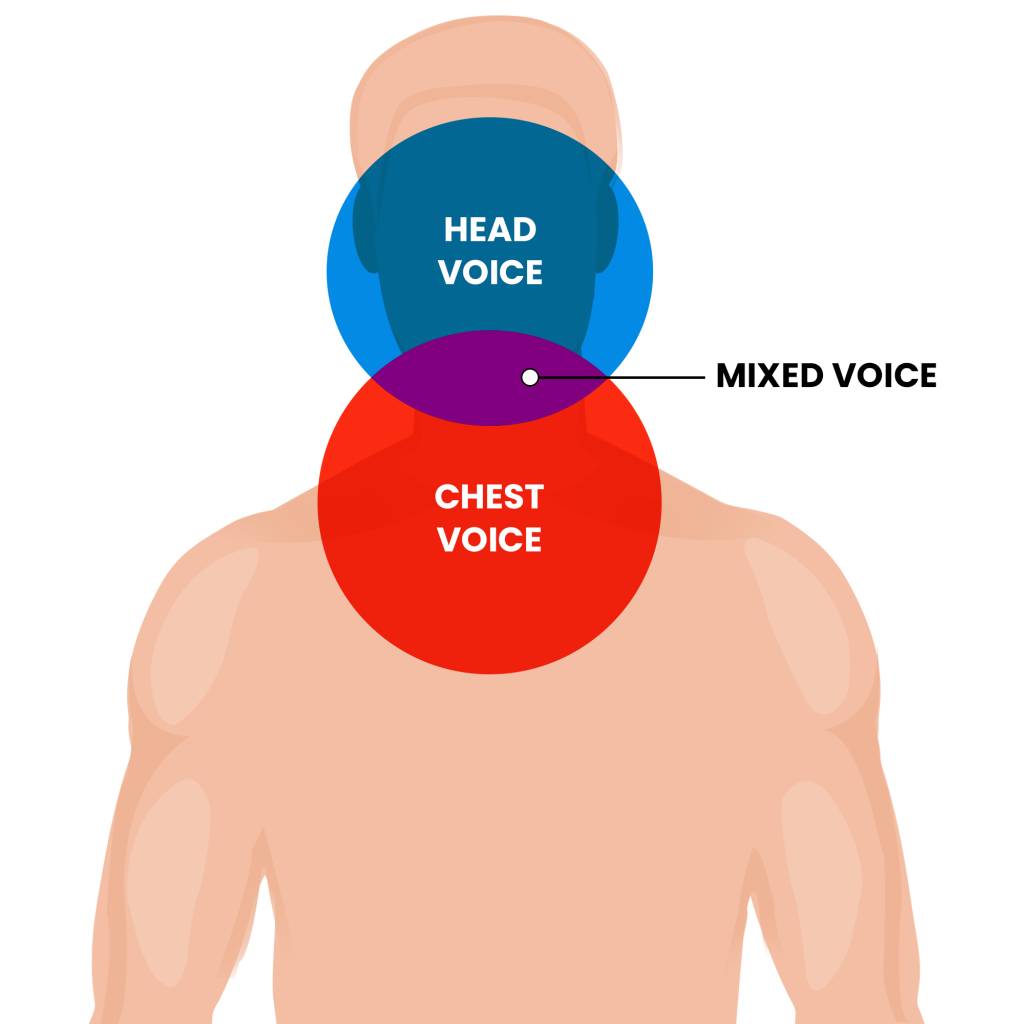
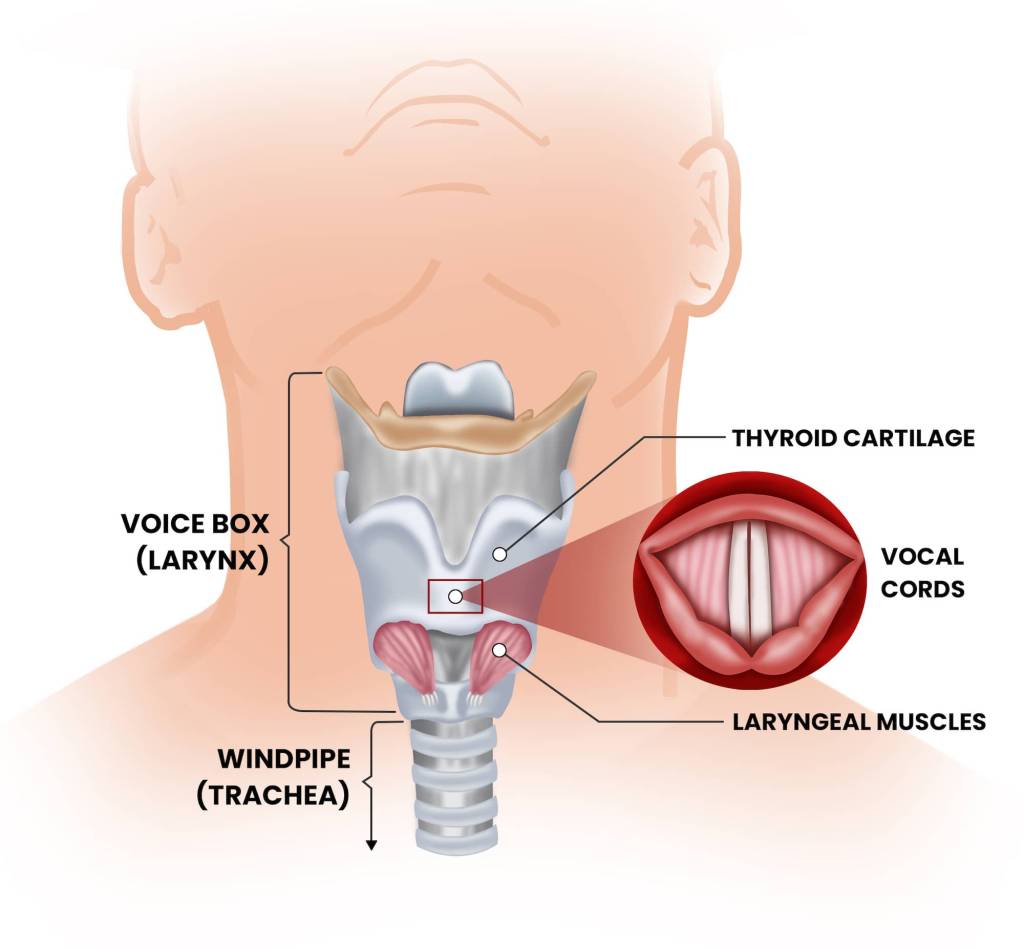



11 Comments
Really? WAIT Really?
The ones you’ve mentioned aren’t marketing JARGON today?
Where’s the classical/Bel canto technique?
I appreciate your hard work putting up this article but you missed the granddaddy of them all .
Hey Nithin, thanks for your comment.
I didn’t cover Bel Canto for two reasons. 1) Bel Canto is kind of a catchall term for all Italian Classical singing instruction in the 17th and 18th century and there was no single technique (unlike SLS, CVT or Estill).
And 2) I wanted to compare today’s singing techniques, not ones that are a few centuries old.
But you’re totally right that SLS takes a lot of inspiration from those old Bel Canto teachers.
Bel canto isn’t one of the most common techniques anymore. Times have moVed on from classical sInging because unless you are singing in the legit classical style it Simply isn’t effective
A balanced and unbiased article, Thank you for putting your time and effort into sharing this Matt. After 20 years of professional singing, I feel the time is right to investigate all of these techniques further.
Wow, thank you Aurora! I appreciate your kind words. Even though I teach SLS, it’s good to understand where everyone’s coming from.
Thanks for this article! I came across it as I was trying to get more information about CVT.
Do you happen to know if any independent scientific reviews have been studied in relation to any of these techniques? What gets me is that the different techniques seem to not just have different philosophies, but slightly different ideas about how the body works to produce tone (unless I’m mistaken in some way). It would be nice to know if any of these techniques have had measurably better results (whether indicated in independent evaluation or even self-report surveys).
I guess nothing is like a great one-on-one teacher, though!
Hey Michael, thanks so much for your comment and question.
I’m not aware of any independent studies in relation to the efficacy of the techniques.
In the world of voice, most of the research is done on vocal pathologies and therapies to cure them.
But there’s not a whole lot of independent research done on singing itself.
Although it seems like more and more, each of these techniques seem to be doing their own research.
Of course, that’s far from independent research and they may just be reinforcing their own opinions.
thanks for the article, well put together AND HELPFUL! i have a question about your statement “a vocal effect is undesirable in CVT” though, could you explain what you mean by that? as far as i know as a cvt student, cvt encourages the use of vocal effects and offers useful tools to produce any sort of sound effect. am i misunderstanding what you want to say? just asking for clarity.
Hey MArtinz, completely agree that CVT teaches the use of vocal effects. What I stated was: “A vocal break is undesirable in one (SLS), a lack of twang in another (Estill) and a vocal effect in the third (CVT)”.
The vocal breaks that are taught in CVT can be viewed as undesirable in SLS and Estill pedagogy. Does that make sense?
Thanks, this is a really helpful overview. I’m considering doing SOME Estill TRAINING, not TO BECOME a specialist but TO improve my understanding of how each COMPONENT of the voice works AND therefore enhance MY teaching toolkit. So helpful to have this CLEAR, neutral look at some of the most prominent proprietary methods AS my understanding of them was, to be honest, superficial.
I’m so glad you found it helpful Geraldine!